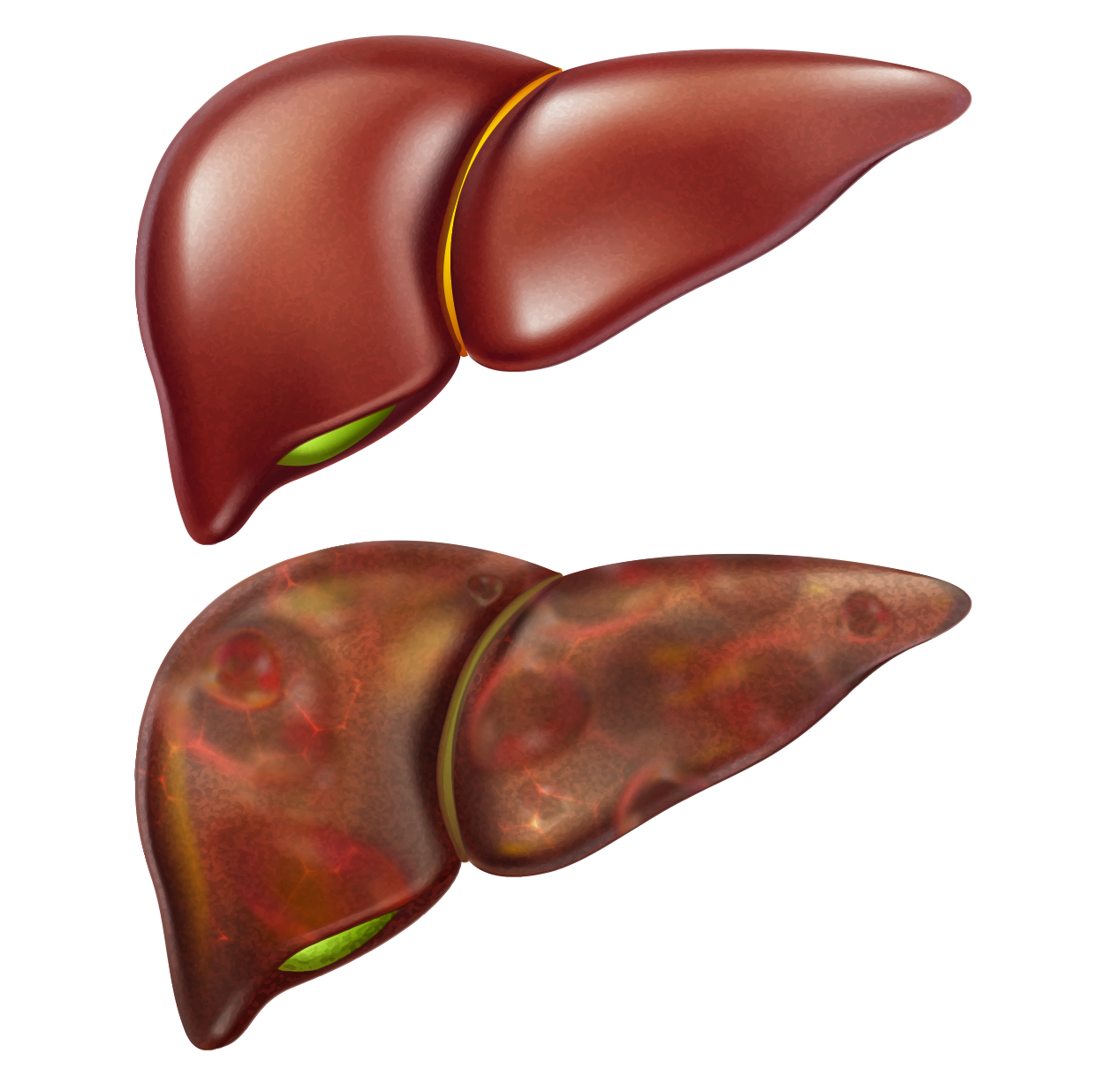
Abstract
Background
Nonalcoholic fatty liver disease (NAFLD) is an underrecognized co-morbidity of obesity. The characteristic features and severity of NAFLD in severe childhood obesity remain unknown.
Objectives
To investigate features of NAFLD in obese children and identify predictors of significant disease.
Setting
Academic center with a standardized pathway for pediatric bariatric surgery and a dedicated multidisciplinary team.
Design
This is a baseline cross-sectional analysis for a data set obtained from a prospective clinical outcome study that included severely obese children (≤14 yr of age) and adolescents (14–21 yr of age) who underwent laparoscopic sleeve gastrectomy between March 2008 and March 2015. Patients with syndromic obesity, history of alcohol intake, parenteral nutrition, liver disease, intake of medications that may affect NAFLD and weight, and insufficient tissue biopsy were excluded. Prevalence and features of nonalcoholic steatohepatitis (NASH) and clinically significant liver fibrosis in different pediatric age groups and noninvasive predictors in severe childhood obesity were evaluated.
Results
The 296 patients in the study group (1:1 sex distribution) had a mean body mass index and age of 48.4±9.8 kg/m2 and 14.5±3.6 years, respectively. According to histopathology assessment, 225 (76%) patients had NAFLD, of whom 118 patients (39.9% of the total cohort) had NASH. Additionally, 110 (37.2%) had clinically significant (stage 2+) fibrosis and 256 (86.5%) had portal inflammation. Those with NASH were younger than those without NASH (P = .02; prevalence of NASH in children aged≤10 yr = 64.9%) and were more likely to be male (P = .003). Of children aged≤10 years, 60% had clinically significant fibrosis compared with 32% of older patients (P = .03). High-density lipoproteins, triglycerides, glycated hemoglobin, alanine transaminase, and systolic and diastolic blood pressure levels were most predictive of fibrosis. For NASH, triglycerides, homeostatic model assessment of insulin resistance, glycated hemoglobin, alkaline phosphatase, aspartate transaminase, and alanine transaminase were most predictive.
Conclusions
In our setting, 65% of severely obese young children had NASH, and 60% had clinically significant liver fibrosis. Young age, male sex, and features of metabolic syndrome were significantly associated with NASH and liver fibrosis in severely obese pediatric patients.
References:
The study was published in (ScienceDirect website)

